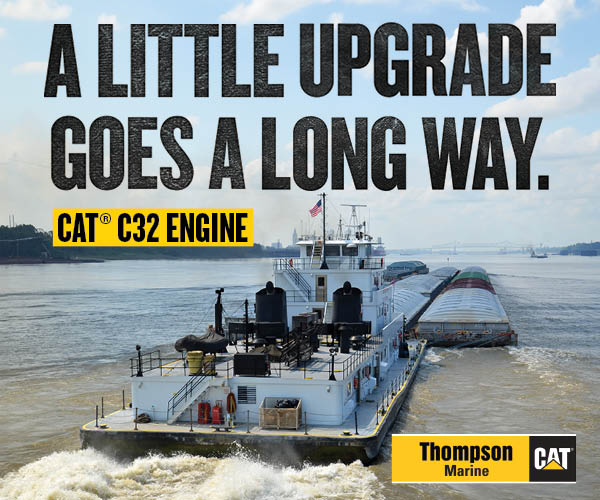Port of Winona Joins Corn Belt Ports
The Port of Winona, Minn., has officially joined the Corn Belt Ports team. Geographically, the Corn Belt Ports are a group of federally recognized ports in the heart of the Corn Belt on the Upper Mississippi River (Marine Highway 35) and the Illinois Waterway (part of Marine Highway 55).
In late 2024, the U.S. Waterborne Commerce Statistics Center federally recognized the Port of Winona for the first time. The Port Authority of Winona was established by the Winona City Council in 1968. According to its current executive director, Lucy McMartin, it moves between 1.5 million and 2 million tons a year. The state has dredged the port twice in the past 20 years.
The Port of Winona is the largest of five port operating organizations in the Northern Grain Belt Ports region. In size and freight tonnage handled, it compares to the Port of Gulfport, Miss., Portsmouth, N.H., and Milwaukee, Wis.
“On August 14, 2023, the president of the Mississippi River Commission held a hybrid meeting at the Port of Winona, where we had an opportunity to give a Corn Belt Ports update,” said Robert Sinkler, executive director of the Corn Belt Ports and a former commander of the Rock Island Engineer District.
Sinkler has spearheaded the effort to form the Corn Belt Ports to gain visibility and statistical clout for smaller ports by grouping them together.
“We are pleased that, about a year later, the Port of Winona is now a U.S. port (with MRC support). This is part of the larger Corn Belt Ports’ initiative to modernize our rural, regional, multi-modal, inland ports after decades of invisibility, suppression, stagnation and infrastructure decay,” Sinkler said. “Today our modern, rural, regional, multi-modal, inland ports are a nationally and globally significant part of the supply chain. They are aligned with major regional planning agencies (in Winona’s case, the Mississippi River Regional Planning Commission), centered on a major interstate highway intersection with a marine highway (I-90 and Marine Highway 35), cooperating with a Metropolitan Planning Organization (the La Crosse Area Planning Committee) and maintaining a foundation firmly rooted in economic and environmental sustainability.”



